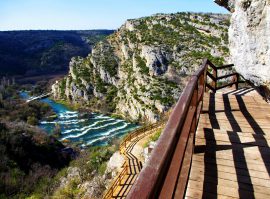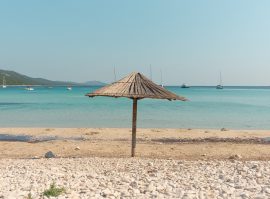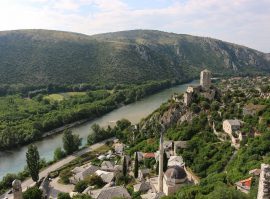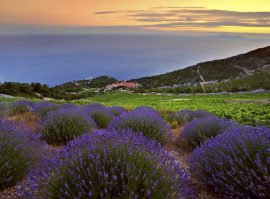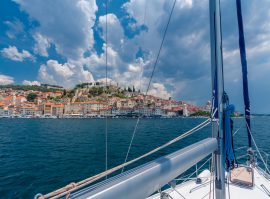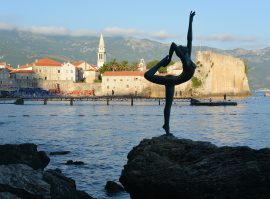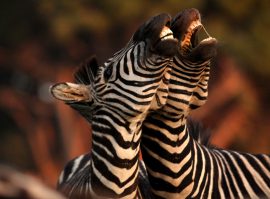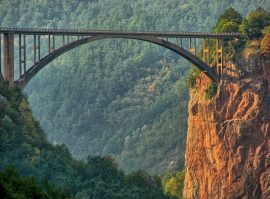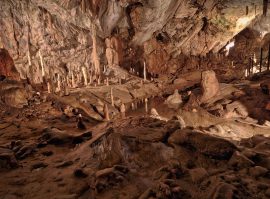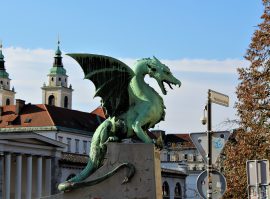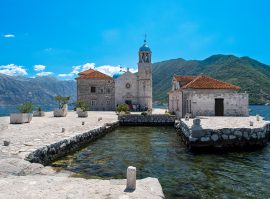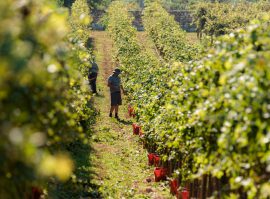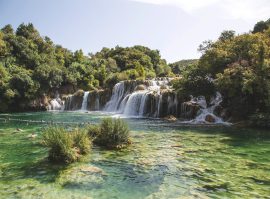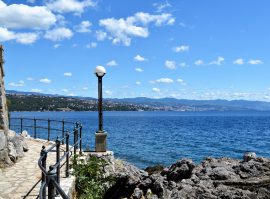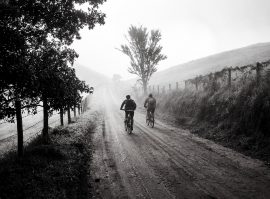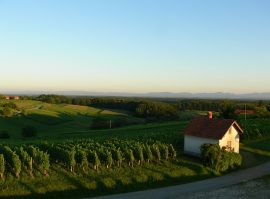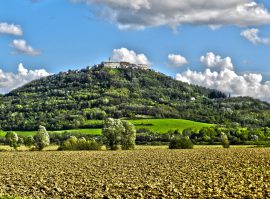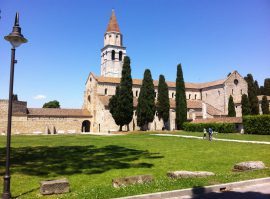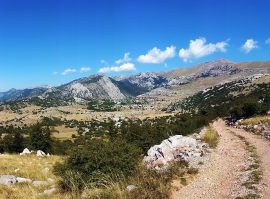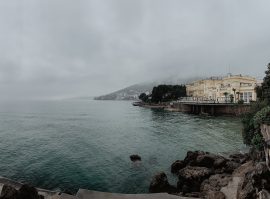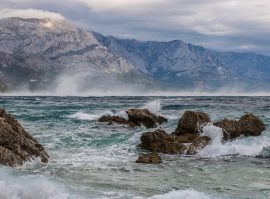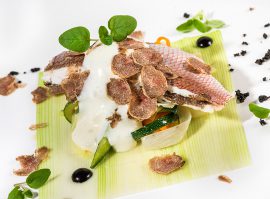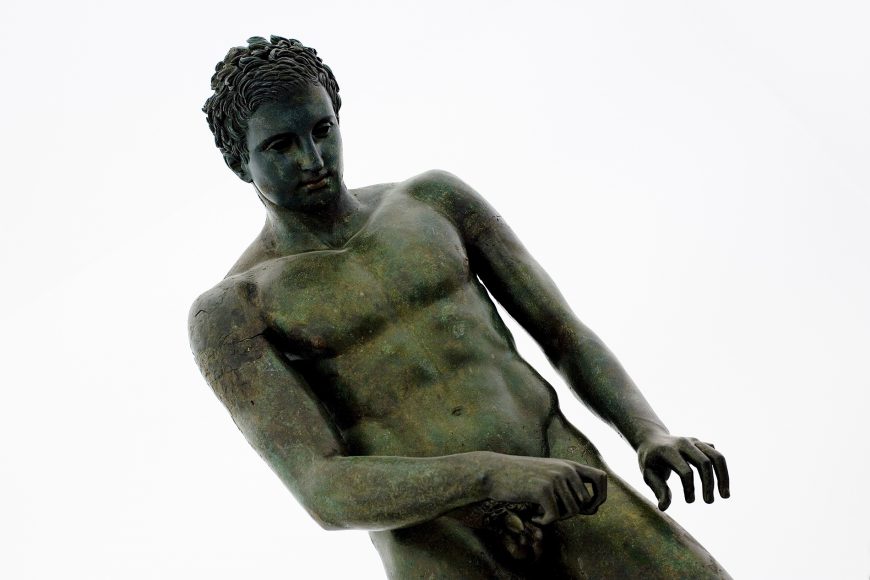
The Athlete of Croatia
With over 260 days of insolation a year, island of Losinj belongs to the sunniest areas of Croatia. It is a home for nearly 1100 plant types of which 230 fall under medicinal herbs, so it is no surprise that is also known as the island of vitality and a place where you can truly relax and tune into yourself.
For years, masters and sailors from Losinj brought home seeds of exotic plants and planted them around their home so it wasn’t strange for me to find Mexican cactuses, mimosas, magnolias, pistachios, Indian figs or Vietnamese mandarins while roaming around the town of Mali Losinj.
But the most fascinating thing I (and you as well) will be able to see in less than a year, is an actual Greek statue which was risen from the sea in 1999: the Apoxyomenos. It is a 192cm-high bronze statue which portrays a young athlete who has just completed his exercise, in a moment of relaxation, when he is completely intent on cleaning his body of oil, sweat and dust.
The statue was found on the sea bed off the islet of Vele Orjule; near the island of Losinj. Incredibly, it was found by a Belgian tourist René Wouters. It took 14 professional divers from the Ministry of Culture, the Special Police and the Submar company alongside technical staff to raise the statue from the sea, after, as it was later confirmed, practically 2000 years.
Today we assume that the statue was the cargo of a Roman ship that sailed north to one of the major cities; such as Ravenna, Pula or Aquileia. Archaeological investigation took place on the site in search of the remains of the ship but it resulted in the finding of fragments of the bronze base of the statue, an anchor and a set of fragmented amphorae.
Although everyone involved really wanted to find a wrecked ship and, hopefully, more of that cargo, it turned out that the ship was probably caught in a storm and the statue was thrown away so the ship could regain balance and wouldn’t sink that easily.
The statue itself is an amazingly interesting piece of Greek culture extremely valuable in terms of discovering new facts about Hellenistic period. But this was the first time ever that palaeobotanical analysis had led to the reconstruction of the nest of a small rodent from the ancient period and the contents of his diet. Yes, his diet.
Apparently, one rodent decided to inhabit a valuable bronze statue into which he probably crept through the hole in the sole of the left leg. Rodent’s diet (and a generations of his family) included peach stone (20 BC), worked piece of wood (50 AD) and semi-charred wood (110 AD). Conclusion was drawn that the statue was probably stored for quite some time after it was made in an outlying part of a settlement, where rodent denizen could find all the sources of the plant material found.
After years of hard conservation work, it has been confirmed that the Apoxyomenos was most likely made in the 2nd or 1stcentury BC in a Greek foundry.
I remember that the discovery attracted a lot of attention from the professional and the general public because this statue belongs to a well-known sculptural type. There are eight versions of an athlete cleaning his body after the competition, but among all the known versions, the Croatian Apoxyomenos stands out with the beauty of its making as a work of exceptional quality.
After the completion of conservation work in 2006, a bronze youth from the sea went on a museum tour that lasted almost 10 years. He was exhibited in Zagreb, Florence, Osijek, Rijeka, Split, Zadar, Ljubljana, London and Musée de Louvre in Paris.
The return of the Apoxyomenos to the island of Losinj is expected in the 2016 where he will be permanently exhibited. You can bet I’ll pay him a visit once he’s settled.
